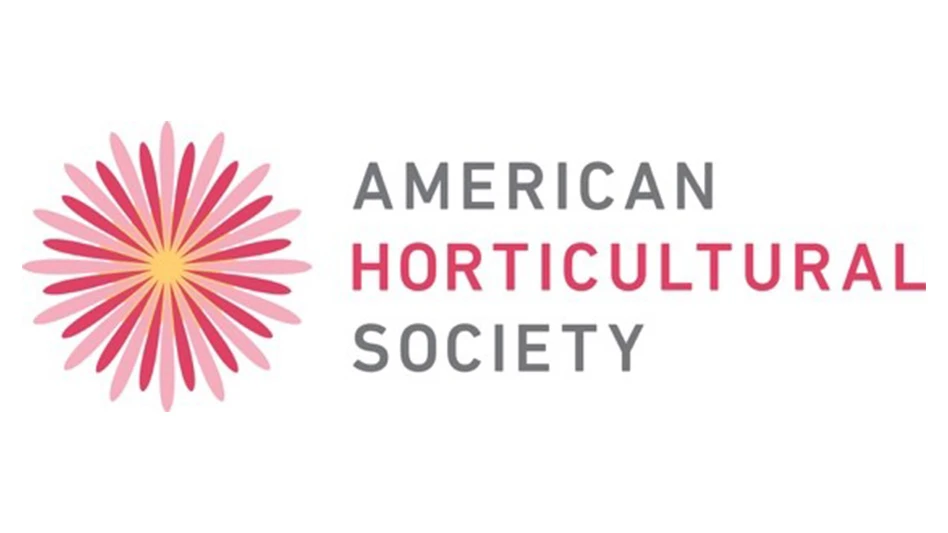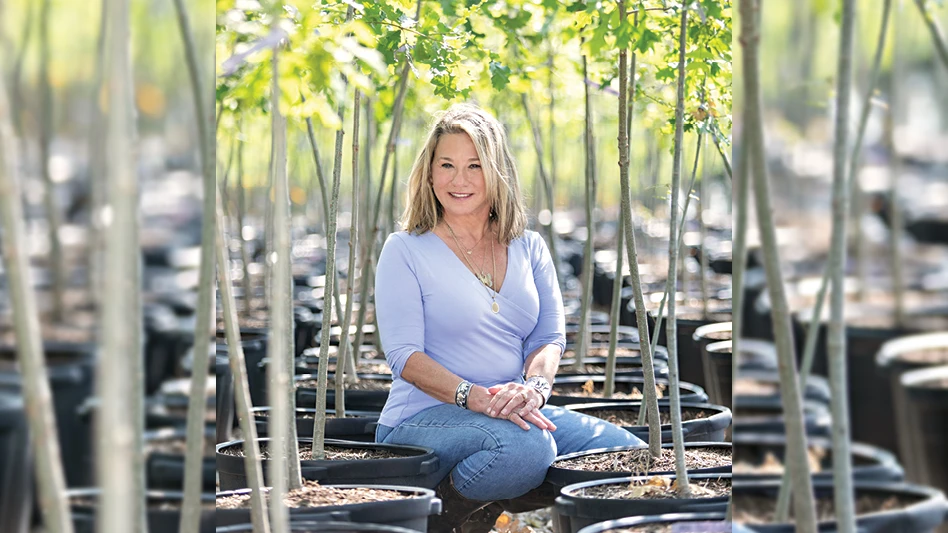
Proper pesticide storage can prevent accidents that could cause property or environmental damage. Check with local regulators for the requirements in your state.
A well-designed storage facility has four components:
- A storage cabinet, room or building
- A mixing area
- An area for loading and rinsing spray equipment
- A place to store and secure equipment and records, including MSDS and an emergency response plan
Storage
The best location for storage is in an area that isolates chemical fumes and dust from employees. This is often a separate building protected from flooding and the potential of fire from other buildings. Some states have regulations that restrict the distance the storage is located from surface water, public water supply, private wells and farm buildings. If a storage cabinet or room is located in the headhouse, place it away from the office and work areas. Place it along an outside wall so ventilation can be provided.
For small quantities, a steel cabinet is all you need, and it should have a containment area in the bottom to catch any spills or leaks.
For larger quantities, a storage locker is a good choice. These are waterproof structures that can be located either inside or outside. Most are made in a modular size so they can be expanded. They also have floor containment and a ramp for access.
Cabinets and lockers can be purchased as fire-rated or non-fire-rated units. Before making a purchase, review Material Safety Data Sheets to determine if the stored pesticides are flammable. If so, the storage cabinet should be UL-rated or Factory Mutual System approved. This will lower insurance costs.
Environment control
Pesticides should be stored between 40° and 90° F. A small electric heater with a thermostat and fan works well to maintain the temperature above freezing in a small unit. A hot-air furnace may be needed in a larger facility.
Good ventilation removes excess heat, chemical vapors and moisture from the storage area. Install a two-speed fan, ducted to the outside. Operation at a continuous low-speed rate of about one room volume change per hour helps prevent a buildup of toxic fumes. The higher rate (about six air changes per hour) can be activated together with the light switch when the area is occupied.
A motorized intake shutter about 1.5 times the fan area should be installed in the wall opposite the fan. It should open when the fan turns on. A relay that turns off the furnace when the fan is on should be installed.
Mixing and loading
Locate the mixing area near where the pesticides are stored. If it is inside the headhouse, provide an isolated room with ventilation. The mixing area should contain a work surface with measuring equipment. A water supply and sink are needed for chemical preparation and clean-up. Install a fume hood over the mixing table to draw fumes away from the person preparing the spray material.
The base of the loading area is usually constructed of concrete with a watertight surface impervious to chemicals. A surface coating of epoxy is used to seal the concrete. A berm around the base should be installed to provide containment and provide a volume of 110 percent of the capacity of the largest sprayer.
A sump should be installed in one corner to collect any spilled material. The liquid can be pumped to a storage tank for use in subsequent applications. Portable containment pads made of vinyl or nylon-reinforced elastomer are available. They should be placed on a level surface while filling or cleaning equipment.
A drench shower and eye wash should be nearby.
A pesticide spill kit with absorbent mats, pillows, granular absorbent, hydrated lime, sodium hypochlorite and a drum patch kit should be on hand for small spills. A broom, shovel, squeegee, plastic pails and bags will help in cleanup.
Get curated news on YOUR industry.
Enter your email to receive our newsletters.
Explore the May 2019 Issue
Check out more from this issue and find your next story to read.
Latest from Nursery Management
- The HC Companies, Classic Home & Garden merge as Growscape
- Eason Horticultural Resources will now officially be known as EHR
- BioWorks receives EPA approval for new biological insecticide for thrips, aphids, whiteflies
- Ellen Mackenbach-Lakeman appointed new CEO of Dümmen Orange
- Southern Garden Tour sets 2025 dates for trial garden open houses
- New book explores plants that thrive in Rocky Mountains
- American Floral Endowment establishes Herman Meinders Memorial Tribute
- These companies are utilizing plastic alternatives to reduce horticultural waste







